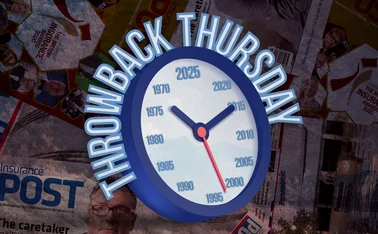
Blog: Trak Global's Nick Corrie on why telematics is more about crashing, not driving

Telematics have proved their worth in the aviation sector but Nick Corrie, CEO at Trak Global, explains how with the pandemic changing driving behaviours more drivers want these black boxes on their side when it comes to motor claims.
Aeroplane crashes are thankfully rare events. In 2019, there were 86 crashes, including the Boeing 737 Max disaster in Ethiopia. Grim news footage of the aftermath of such disasters is invariably
Only users who have a paid subscription or are part of a corporate subscription are able to print or copy content.
To access these options, along with all other subscription benefits, please contact info@postonline.co.uk or view our subscription options here: http://subscriptions.postonline.co.uk/subscribe
You are currently unable to print this content. Please contact info@postonline.co.uk to find out more.
You are currently unable to copy this content. Please contact info@postonline.co.uk to find out more.
Copyright Infopro Digital Limited. All rights reserved.
As outlined in our terms and conditions, https://www.infopro-digital.com/terms-and-conditions/subscriptions/ (point 2.4), printing is limited to a single copy.
If you would like to purchase additional rights please email info@postonline.co.uk
Copyright Infopro Digital Limited. All rights reserved.
You may share this content using our article tools. As outlined in our terms and conditions, https://www.infopro-digital.com/terms-and-conditions/subscriptions/ (clause 2.4), an Authorised User may only make one copy of the materials for their own personal use. You must also comply with the restrictions in clause 2.5.
If you would like to purchase additional rights please email info@postonline.co.uk








